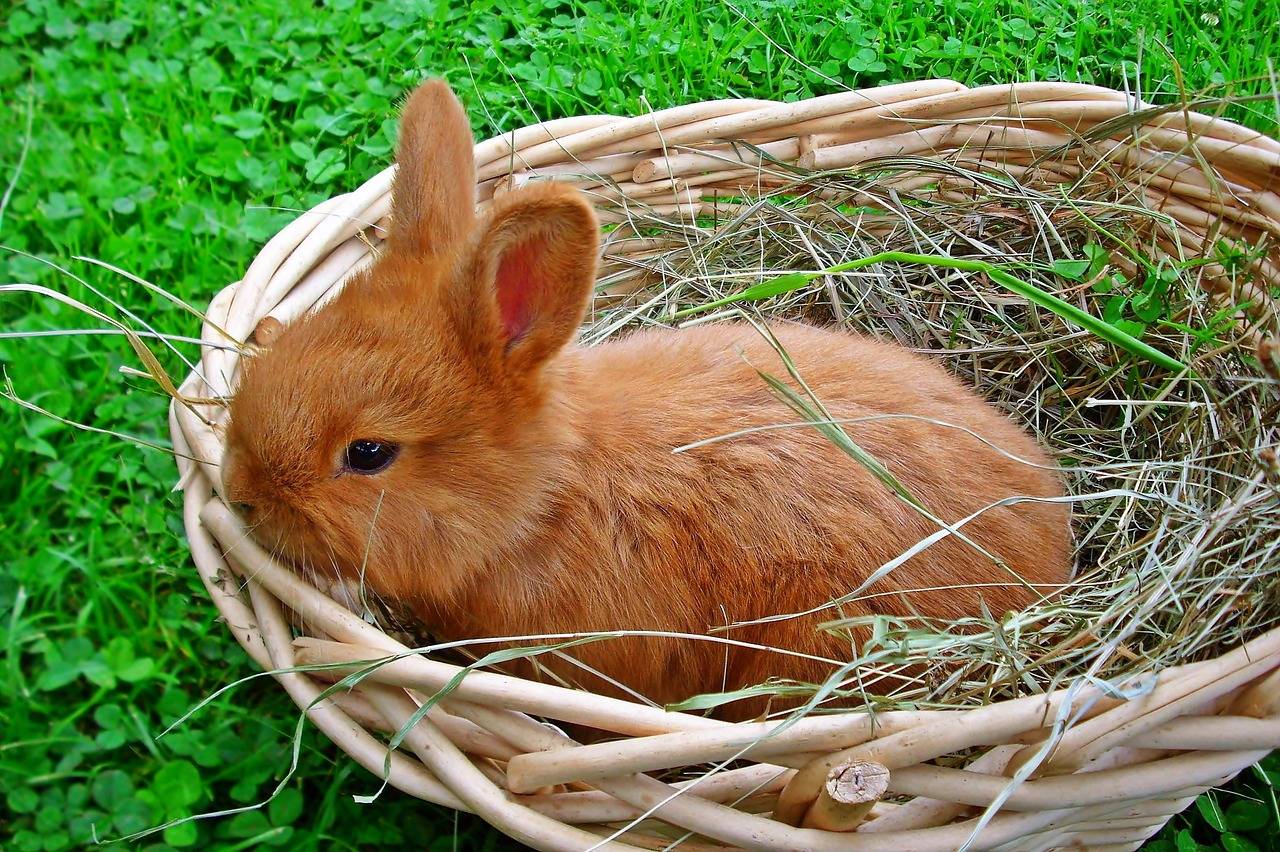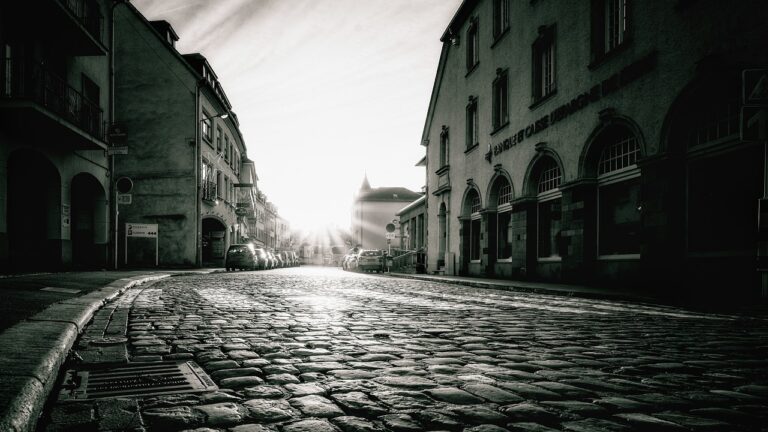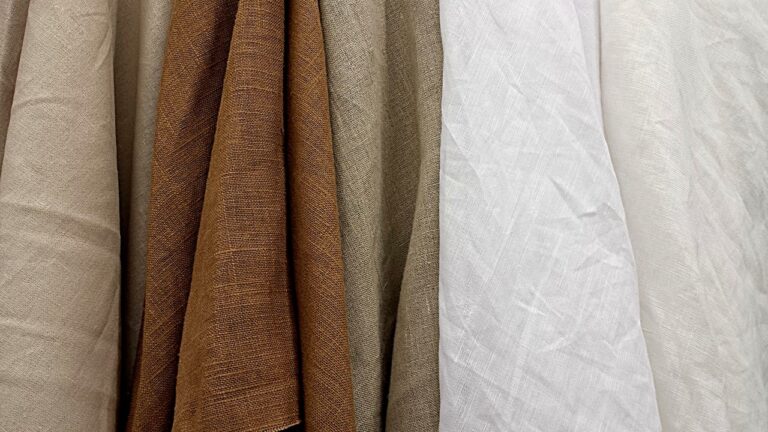Exploring the Popularity of Vintage and Thrift Shopping
Vintage and thrift shopping has a rich history dating back to the early 19th century. Originally known as secondhand shopping, it gained popularity during times of economic hardship when individuals sought more affordable clothing options. Over the years, what began as a necessity evolved into a fashion trend embraced by people from all walks of life.
In the mid-20th century, vintage and thrift shopping saw a surge in popularity, driven by a desire for unique and eclectic styles. The counterculture movements of the 1960s and 1970s further propelled the trend, with individuals seeking to express their individuality through their clothing choices. Vintage and thrift stores became treasure troves for fashion enthusiasts looking to stand out from mainstream fashion trends.
The Rise of Sustainable Fashion
Fashion industry is undergoing a transformative shift towards sustainability, where consumers are increasingly seeking clothing that is eco-friendly, ethical, and durable. This change is driven by a growing awareness of the environmental and social impacts of fast fashion, leading to a demand for more sustainable alternatives. From using recycled materials to promoting fair labor practices, sustainable fashion brands are paving the way for a more responsible and conscious industry.
Furthermore, the rise of sustainable fashion is not just a trend, but a movement towards a more mindful approach to consumption. Consumers are becoming more discerning about the origins of their clothes and the impact they have on the planet. By supporting brands that prioritize sustainability, individuals are not only making a fashion statement but also contributing to a larger effort to reduce waste and promote ethical practices in the industry.
The Appeal of Unique and One-of-a-Kind Finds
Vintage and thrift shopping appeal to many individuals seeking one-of-a-kind finds that set them apart from mainstream fashion trends. The allure of discovering hidden gems that hold a unique history and character resonates with those who appreciate the artistry and craftsmanship of bygone eras. Each piece tells a story and allows the wearer to express their individuality in a way that mass-produced items cannot replicate.
In a world saturated with fast fashion and mass consumption, the appeal of unique and one-of-a-kind finds lies in their exclusivity and sustainability. By choosing secondhand items, shoppers not only stand out with distinctive pieces but also contribute to reducing waste and minimizing the environmental impact of the fashion industry. The thrill of uncovering a rare treasure while supporting ethical and sustainable practices adds a meaningful layer to the shopping experience, making each find all the more special.






